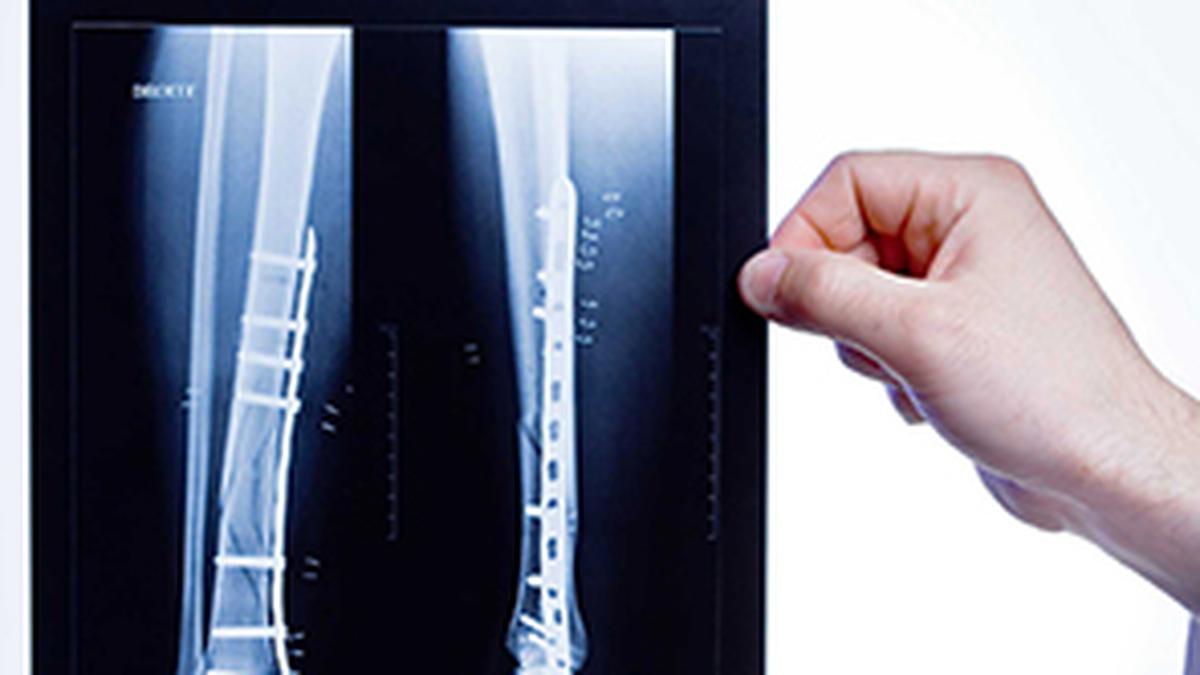
Donations of cadaveric bones still low in T.N., more awareness needed, say experts
The Hindu
Low levels of awareness and misconceptions hinder cadaveric bone donations in Chennai, leading to a lack of donations in major bone banks.
Cadaveric bone donations are still slow-paced in Tamil Nadu, with two of the major bone banks in Chennai receiving little to no donations over the past few years. While people’s overall understanding of cadaveric organ donations has largely improved, this is not the case with bone donation, with low levels of awareness and misconceptions still abounding, among the public.
Data from the Transplant Authority of Tamil Nadu showed that there were 248 bone donations from 2018 to 2023. Major bone banks have only received a small number of donations over this period.
At Rajiv Gandhi Government General Hospital (RGGGH), the bone bank registered 12 cadaveric fibula allograft donors. B. Pasupathy, professor of orthopaedics, RGGGH, pointed out that there have been nil donations after the COVID-19 pandemic. “There is no willingness to donate bones. Families of deceased donors fear that the shape of the body will be altered if bones are donated. But this is not the case. If we remove a bone from the leg, it is then stabilised with appropriate materials. A dispensable bone like the fibula can be donated, as there will be no structural loss to the body,” he said.
The bone bank at Cancer Institute (WIA), Adyar was set up in 2019. Chandra Kumar Krishnan, associate professor, orthopaedic oncology and bone bank in-charge at the institute, said, “We received our second cadaveric donation about two weeks ago. We do receive small bones such as femur heads donated by multiple hospitals following procedures such as hip replacements. But we need more bone donations.”
Awareness among donor families, awareness among the medical fraternity and among people involved in transplant processes such as transplant coordinators are the factors at play, he observed. “Donor families are willing to donate other organs but this is not the case with bones. Bones are the last to be harvested. By the time major organs are retrieved, which takes about four to five hours, families often tend to withdraw their consent to donate bones, and ask for the handing over of the mortal remains for the funeral,” he said.
Every year, Coimbatore Ganga Hospital’s bone bank receives fewer than 25 cadaveric bone donations. S. Rajasekaran, chairman, department of orthopaedics at the hospital, explained that bone donations are different from other organ donations. “When a kidney or heart is donated, it is transplanted immediately into a recipient. But in bone donation, a process is followed as the bone marrow has the highest amount of immunogenicity and can get rejected. The harvested bones go through a six-stage processing at the bone bank. The bones are then used as a scaffold, and when used appropriately, they grow into the normal bone.”
Dr Rajasekaran added that families of donors believe that donating bones is not life-saving. “But bone donations save the quality of life and restore mobility and are of huge help for those who have suffered disabilities and are bed-ridden,” he explained. Bones, he said, are needed for patients who suffer major bone losses in road traffic accidents (bone grafts to replace shattered bones) and patients diagnosed with bone tumours (to replace resected tumours).

The Karnataka government has drafted a comprehensive master plan for the integrated development of Kukke Subrahmanya temple, the State’s highest revenue-generating temple managed by the Hindu Religious Institutions and Charitable Endowments Department. The redevelopment initiative is estimated to cost around ₹254 crore and aims to enhance infrastructure and facilities for devotees.












